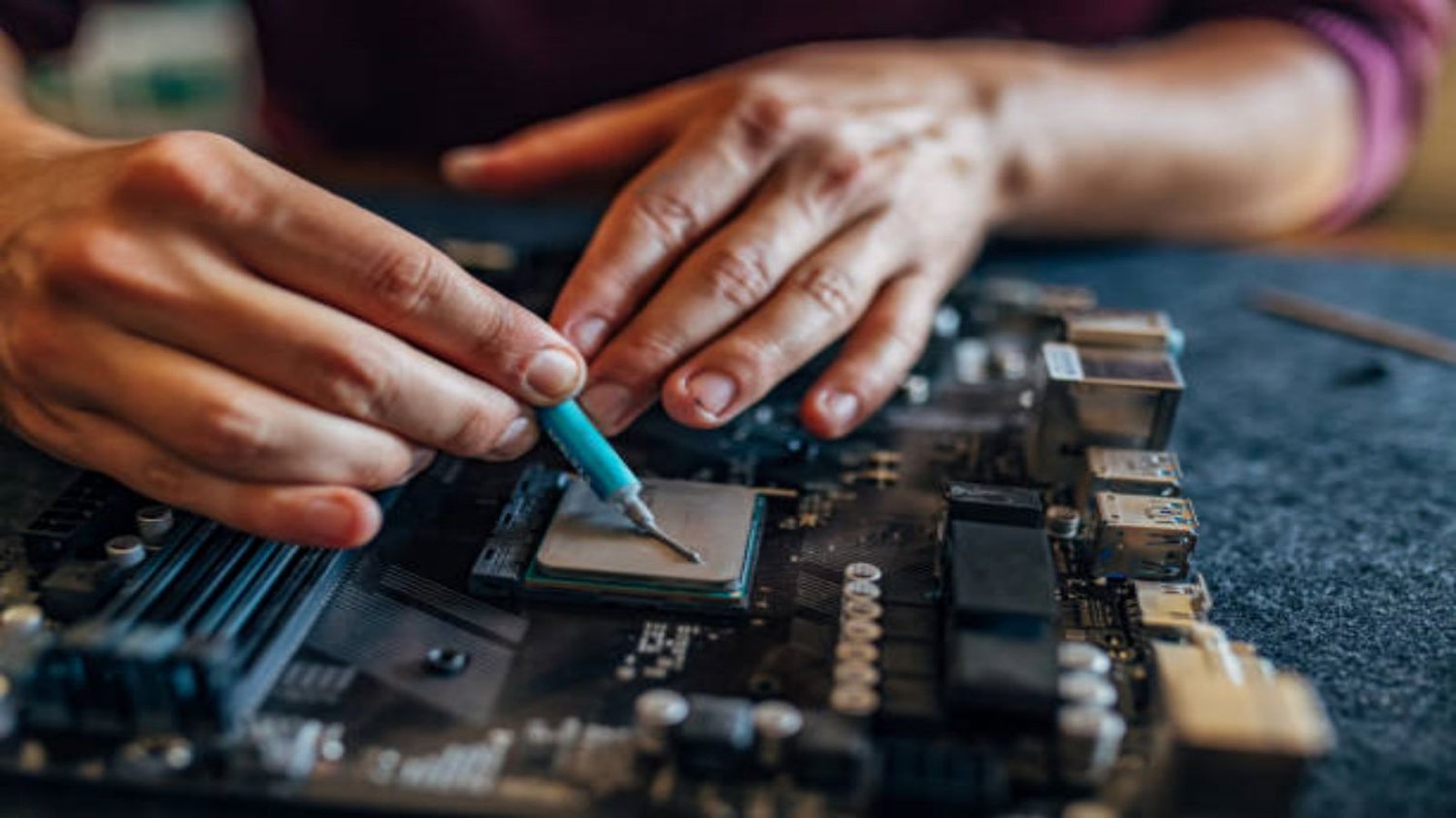Table of Contents

The Basics of power through inductor
Power through inductor, also known as inductive power transfer (IPT), is a fascinating technology that enables the wireless transfer of electrical energy from one device to another. In this article, we will explore the concept of power through inductor and its various applications in different industries.
Understanding Inductive Power Transfer
Inductive power transfer involves the use of an inductor, which is a coil of wire, to transfer electrical energy from a power source to a receiving device without the need for physical contact. This technology is based on the principle of electromagnetic induction, discovered by Michael Faraday in the early 19th century.
How Does Power Through Inductor Work?
The process of power transfer through an inductor involves two main components: the transmitter and the receiver. The transmitter consists of a power source, typically an alternating current (AC) power supply, and a coil of wire. When current flows through the coil, it generates a magnetic field.
Applications of Power Through Inductor
Power through inductor has a wide range of applications across various industries. Let's explore some of the most notable applications:
Wireless Charging of Electronic Devices
One of the most common applications of power through inductor is wireless charging of electronic devices such as smartphones, tablets, and wearables. Instead of plugging in a charging cable, users can simply place their devices on a wireless charging pad or dock, which uses inductive power transfer to charge the battery.
Electric Vehicle Charging
Power through inductor technology is also being used in the electric vehicle (EV) industry to enable wireless charging of EVs. This eliminates the need for physical charging cables and simplifies the charging process for EV owners.
Industrial Automation
Inductive power transfer is finding applications in industrial automation, where it is used to power and charge autonomous robots and other machinery. By eliminating the need for physical connections, power through inductor technology improves flexibility and efficiency in industrial settings.
Medical Devices
Power through inductor has significant potential in the field of medical devices. It can be used to wirelessly power and charge implantable devices such as pacemakers, hearing aids, and neurostimulators, reducing the need for invasive surgeries to replace batteries.
Smart Home Systems
Smart home systems are becoming increasingly popular, and power through inductor technology can enhance their functionality. It allows for the wireless charging of smart home devices such as smart speakers, security cameras, and sensors, eliminating the clutter of cables.
The Advantages of Power Through Inductor
Power through inductor offers several advantages over traditional wired power transfer methods. Here are some key benefits:
Convenience and Flexibility
With power through inductor, there is no need to plug and unplug cables, making it a convenient and user-friendly solution. It also provides flexibility in terms of device placement and eliminates the hassle of dealing with tangled cables.
Efficiency and Safety
Inductive power transfer is highly efficient, with minimal energy losses during the transfer process. It also eliminates the risk of electric shock, as there is no direct electrical connection between the power source and the receiving device.
Scalability
Power through inductor technology can be easily scaled up to accommodate higher power requirements. This makes it suitable for a wide range of applications, from charging small electronic devices to powering electric vehicles.
Environmental Impact
By reducing the use of cables and connectors, power through inductor technology contributes to a cleaner and more sustainable environment. It reduces electronic waste and promotes energy efficiency.
Conclusion
Power through inductor, or inductive power transfer, is a revolutionary technology that enables the wireless transfer of electrical energy. From wireless charging of electronic devices to powering electric vehicles and industrial automation, the applications of power through inductor are vast and diverse. With its numerous advantages and potential for future developments, this technology is set to reshape the way we power our devices and systems.
